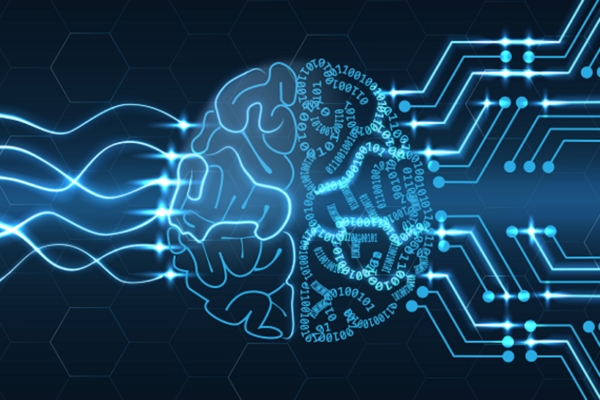In the rapidly evolving landscape of artificial intelligence, businesses are constantly seeking ways to harness the full potential of large language models (LLMs) to improve their services and engage with customers more effectively. One innovative solution that has emerged to address the challenge of handling newer, more current, or private internal data is Retrieval Augmented Generation (RAG). This cutting-edge feature empowers businesses to utilize their own data for generating responses and achieving customized solutions without incurring the high costs associated with continuous fine-tuning. In this blog post, we will delve deeper into what exactly is Retrieval Augmented Generation and why businesses should fully embrace this groundbreaking approach to stay ahead in the competitive market.
The Essence of Retrieval Augmented Generation
At its core, Retrieval Augmented Generation is an approach that equips a base language model with the ability to seamlessly integrate and reason over new data provided by a separate search system, allowing it to dynamically adapt and generate contextually relevant responses. Traditionally, language models were trained on static point-in-time data to perform specific tasks. However, this conventional training method posed limitations when dealing with newer or more current data, as it required constant, resource-intensive, and expensive fine-tuning to maintain effectiveness.
The Future of Big Data
With some guidance, you can craft a data platform that is right for your organization’s needs and gets the most return from your data capital.
Retrieval Augmented Generation eliminates the need for continuous fine-tuning by offering a cost-effective alternative. It enables businesses to use existing language models as reasoning engines by leveraging traditional search systems to feed the language model relevant data as a basis for its answers. This not only streamlines the integration of LLMs into businesses but also ensures that the data the models are answering from remain up-to-date and contextually relevant without the burden of high operational costs.
The Problem Solved: How Does Retrieval Augmented Generation Actually Work
- The User Enters a Query: The first thing that happens when a user enters a query is that a LLM is used to summarize the user’s question or request into as few words as possible.
- Then we Search: The summarized words are then sent to a more traditional search platform, either keyword or semantic-based (or both), and a set of results are returned. This set of results will be sorted based on the relevancy of the content, and additional adjustments will automatically be incorporated based on the users security permissions, context, and other information.
- The Search Results are Fed to the LLM: The system now takes those results, and includes them as context along-side a prompt and the request made by the initial user. This typically looks something like this:
“Provide an answer to the question provided below. You are only allowed to answer based on data provided as context. Make sure to include citations to which pieces of data you generated the answer from at the end of your response.
Question: <User’s Request>
Context: <Documents pulled from search>” - The LLM “Reads” and Responds from the Passed Information: The LLM now effectively reads and learns the information in your provided documents, and then responds with an answer constraining itself to that learning.
Transformative for Businesses
Retrieval Augmented Generation (RAG) is transformative for businesses looking to maximize the potential of large language models while staying agile in a dynamic market. By enabling seamless adaptation to new data, optimizing operational costs, and providing enhanced customization, RAG equips businesses with a powerful tool to generate contextually relevant responses without the need for continuous fine-tuning. Furthermore, even as LLM models evolve and new versions are created, the RAG approach eliminates the need to fine tune the newer models on your data. Instead, you can simply use this approach to provide your data at question or query time and swap out the LLM “module” as needed.
As the AI landscape continues to evolve, adopting RAG is a strategic move that empowers businesses to solve problems efficiently, scale their services, and maintain a competitive edge in the ever-evolving world of artificial intelligence. So, if you want to unlock the true potential of your language models and drive your business towards success, Retrieval Augmented Generation is the way to go!

